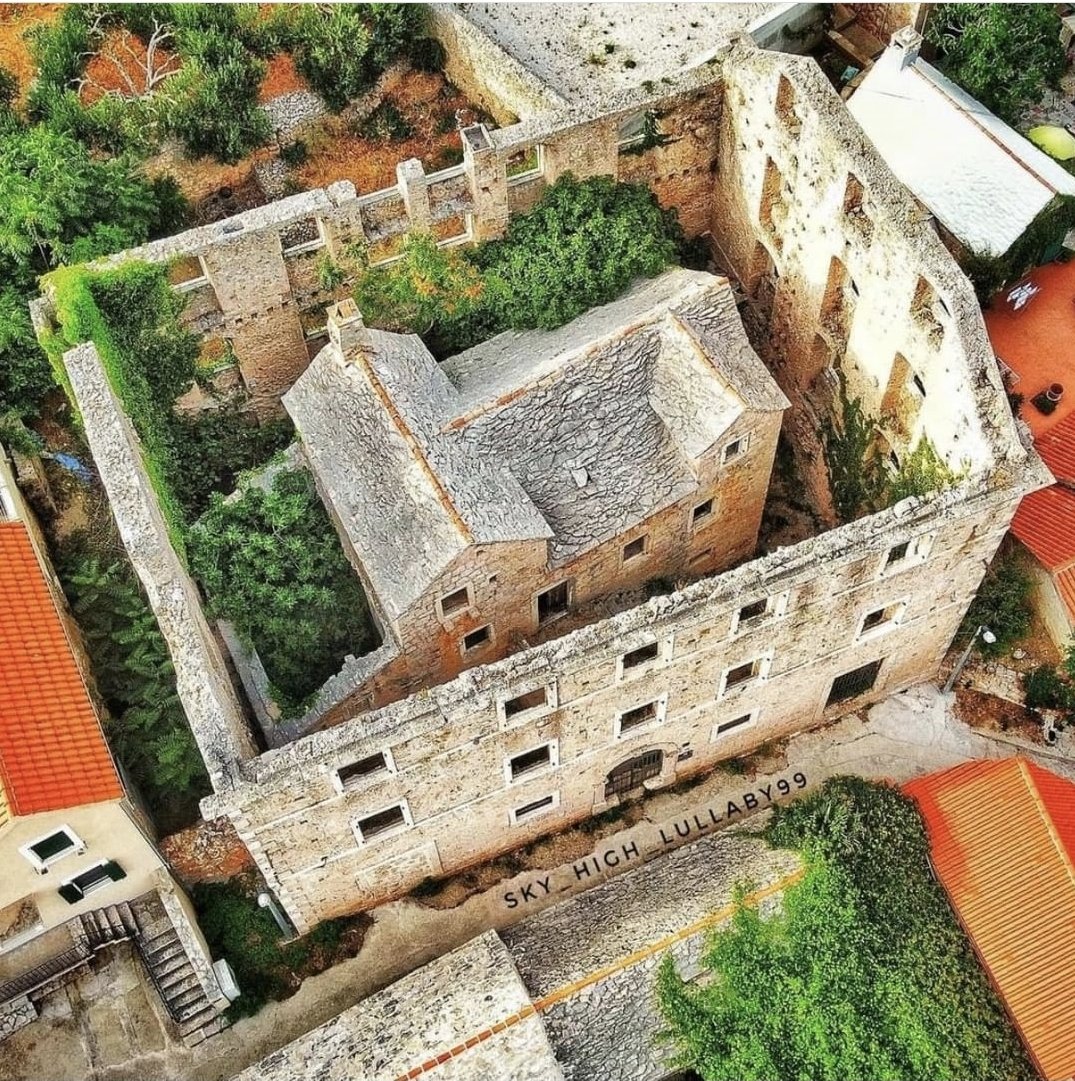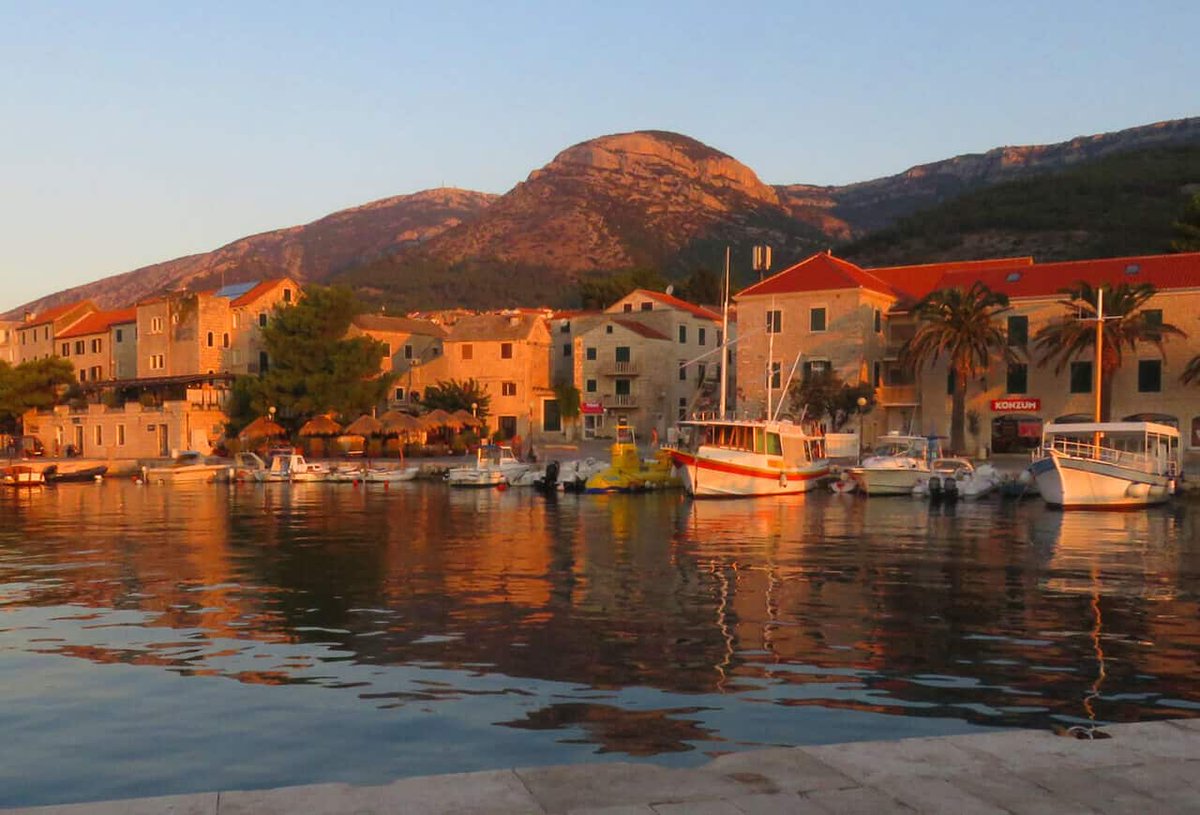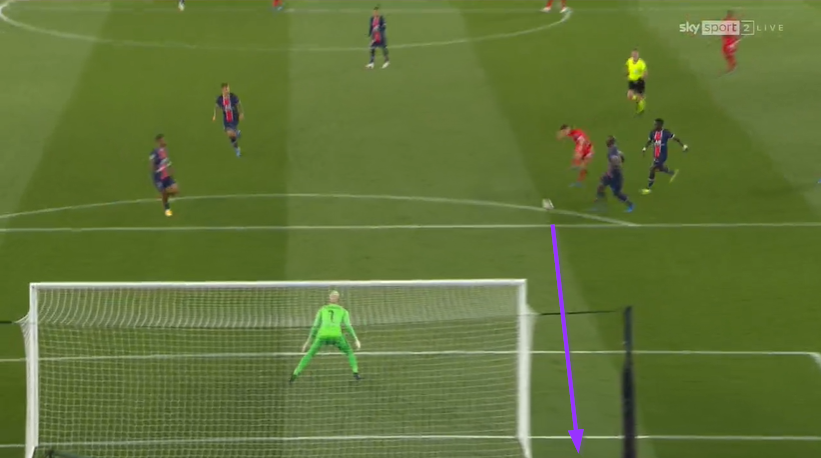
Thread:
Heroes of Gvozdansko!
#OnThisDay (January 13) in 1578 Ottomans captured Croatian fortress #Gvozdansko.
This event has absolutely no echo in European history because it was one relatively small fortress which fell to Ottomans among so many others.
One mega BUT follows
Heroes of Gvozdansko!
#OnThisDay (January 13) in 1578 Ottomans captured Croatian fortress #Gvozdansko.
This event has absolutely no echo in European history because it was one relatively small fortress which fell to Ottomans among so many others.
One mega BUT follows

Story of its siege and final fall into hands of the enemy hides most vivid example of the greatest possible heroism of the defenders absolutely rare in the history of warfare which amazed even the enemy.
⤵️
⤵️
Average person has heard of the Alamo and probably of 🇮🇱 fortress of Masada. Less average person heard about Alkazar fortress in 🇵🇹.
All these are world-sung examples of resistance to the occupier and endless heroism of the defending soldiers.
⤵️

All these are world-sung examples of resistance to the occupier and endless heroism of the defending soldiers.
⤵️


By my opinion, story of 300 souls and their tragic destinies, their determination, resistance to the enemy and their heroism surpasses all the above mentioned examples.
⤵️
⤵️
Gvozdansko today is a small village in the valley of the Žirovac stream in Croatia, on the road from Glina to Bosanski Novi.
Above the village in the Middle Ages stood the fortress of the same name, 1st mentioned in 1488 as the property of the noble family of Zrinski.
⤵️

Above the village in the Middle Ages stood the fortress of the same name, 1st mentioned in 1488 as the property of the noble family of Zrinski.
⤵️


Counts of Zrin (🇭🇷Zrinski,🇭🇺Zriny) are Slavonian branch of Croatian family Šubić from Bribir, whose main branch was moved from Croatia to Slavonian fortress of Zrin in 1347 by the decision of King Louis I of Anjou (I wrote about it 👇🏽).
https://twitter.com/Antimon_Zg/status/1243943603971465216?s=20
World most known member of Zrinski kindred was count Nikola IV of Zrin, famous defender of 🇭🇺 fortress of Sziget in 1566.
⤵️

⤵️


Counts of Zrin had rich mines and smelters of iron, lead, copper and silver in the area. The construction of Gvozdansko was ordered by Peter II of Zrin (1435-1493) to serve the defense of nearby mines, and based on the privilege of King Louis II Jagel, there was a private mint.⤵️ 

After death of Count Nikola III Zrinski, coinage ceased and from 1534 the Gvozdansko fortress with a permanent military crew served only to defend nearby mines and smelters and was an important stronghold of the anti-Ottoman defense system of the Croatian Kingdom on the river Una 

Gvozdansko castle was excellently defended, it had a mild trapezoidal shape with round towers at all four corners. It was approached by a road leading from the river Žirovica, slowly ascending to the entrance rectangular tower on the north-western façade.⤵️ 

The last section of the bridge was raised, and opposite the entrance was a wide and high round tower with a diameter of over 10 meters and a wall thickness of about two meters. It was entered via a drawbridge, through a door located on the first floor. 

The situation for this area became difficult after the Turks conquered the Kingdom of Bosnia (1463) and after which the Turkish invasion, plunder and devastation of Croatian lands became commonplace. 

The situation became extremely difficult after the Turks overran the army of the Kingdom of 🇭🇺in Mohács (1526) and after the 🇭🇺-🇭🇷 Kingdom practically ceased to exist. 

In their resistance to the Ottomans, the Croatian nobility turned and elected Ferdinand I of Habsburg (January 1, 1527) as the new king of 🇭🇷, hoping that he would help them in further resistance. 

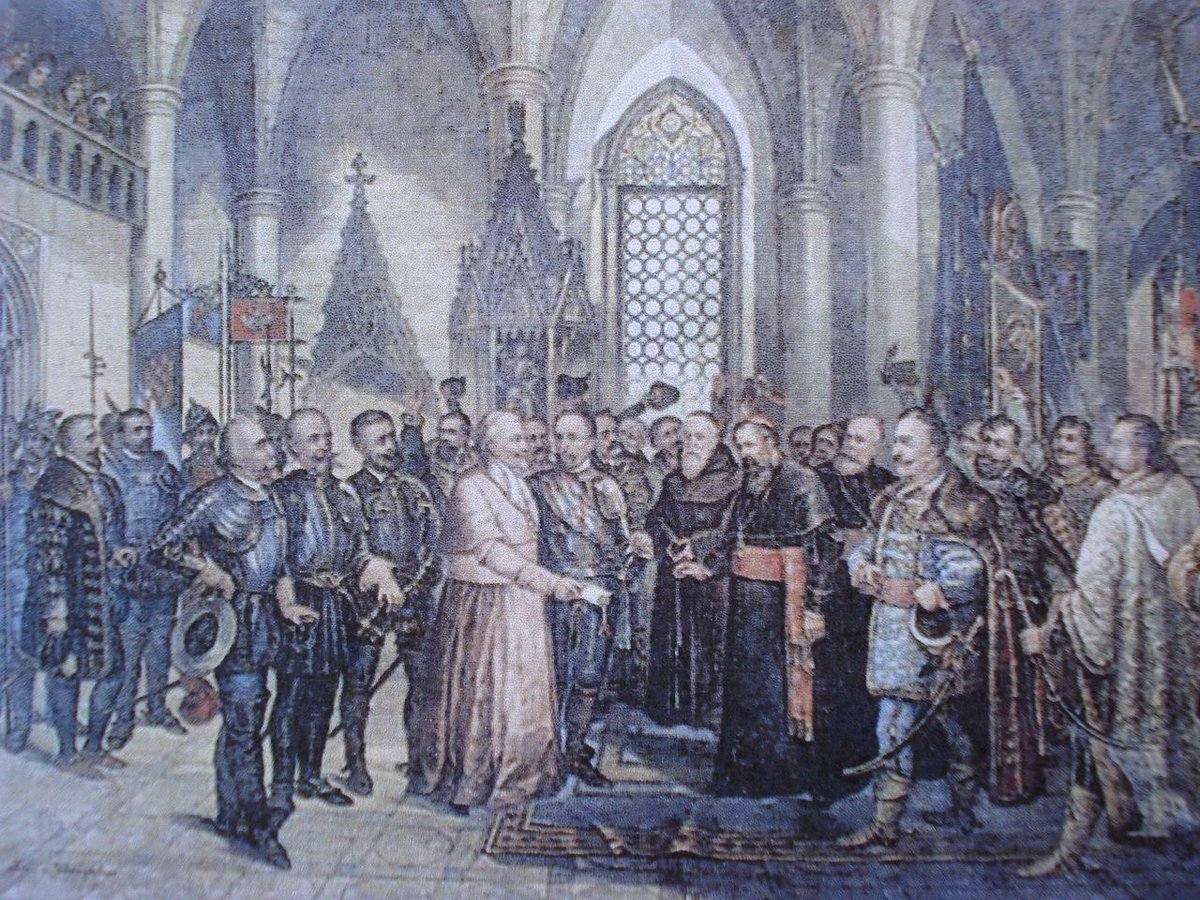
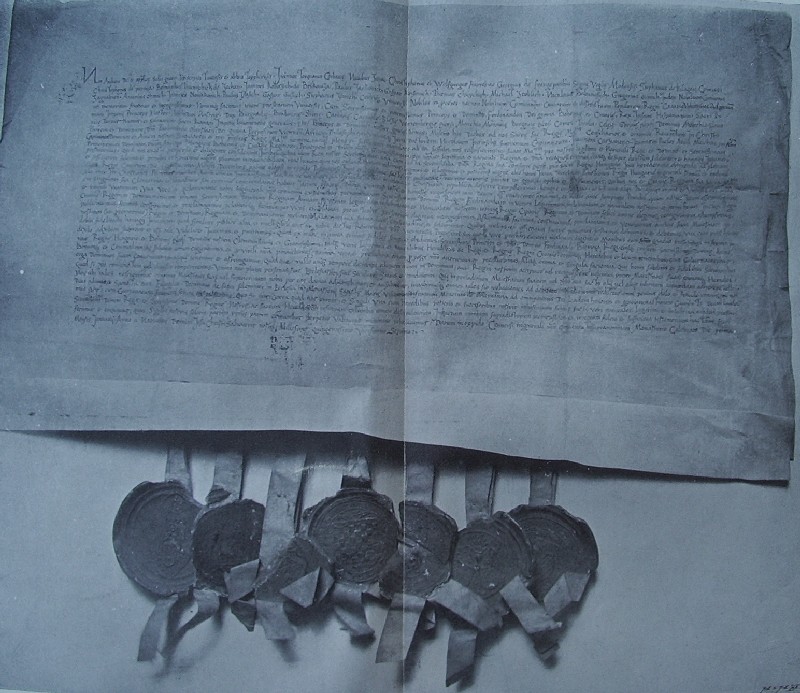
Wenn Banate of Jajce fell (1528) Turkish border approached valley of Una river and the estates of counts of Zrin, who most often had to finance the defense of their estates themselves.
Defense of the Croatian Kingdom during the 16th century it was formed on the river Una.
Defense of the Croatian Kingdom during the 16th century it was formed on the river Una.

The first Ottoman incursions into the Una valley (🇭🇷Pounje) began in 1539, only two years after the most important center of the lower Pounje city of Dubica fell into Ottoman hands. 

Situation got even worse after the fall of fortresses Kostajnica and Novigrad in 1556.
After the fall of Krupa in 1565, fortress Ostrožac could no longer survive. The city was stormed by Ferhad and Kaji Pasha on November 13, 1577.
Una river defense line was overrun.
After the fall of Krupa in 1565, fortress Ostrožac could no longer survive. The city was stormed by Ferhad and Kaji Pasha on November 13, 1577.
Una river defense line was overrun.

As early as April 1561, the Ottomans besieged Gvozdansko for the 1st time. On that occasion, Captain Ivan Lenković and Banate army came to the city's aid, after which the Ottoman forces withdrew.
In 1574 Gvozdansko experienced another Ottoman siege. The town was besieged by the Bosnian pasha Ferhad-pasha Sokolović.
For days the small Croatian crew repulsed the attacks, until General Herbert Auersperg and Count Franjo of Blagaj came to the aid of the defenders.
For days the small Croatian crew repulsed the attacks, until General Herbert Auersperg and Count Franjo of Blagaj came to the aid of the defenders.
The third Ottoman siege of Gvozdansko, led by Kapidi Pasha, took place in June 1576.
After several days of bombing, heavy Ottoman cannons broke through the eastern wall of the city and Kapidi Pasha's infantry rushed towards the opening.
After several days of bombing, heavy Ottoman cannons broke through the eastern wall of the city and Kapidi Pasha's infantry rushed towards the opening.

After almost three days of heavy fighting around the eastern wall, General Auersperg came to the aid of the defenders again, after which the Ottomans withdrew in panic.
At the end of August 1577 last supplies of food and ammunition were brought to the city. Due to the large water reservoir, there was enough water. Food and weapons were enough for three months. 

Gvozdansko and its 300 hundred defenders were prepared if the Ottomans come in another siege. Of these, there were barely 50 professional soldiers. The rest were women, children and the elderly, families who sought refuge in the castle from the attackers.
The 4th and last siege took place in the autumn of 1577 when Ferhad-pasha brought an army of almost 6,000 soldiers at the foot of Gvozdansko.
The siege began on October 3 and at the very beginning Ferhad-pasha offered the defenders to surrender, which they refused.
The siege began on October 3 and at the very beginning Ferhad-pasha offered the defenders to surrender, which they refused.

Defenders expected they can resist long enough to wait for another help of General Auersperg.
Tha fact was that General Auersperg did not have enough manpower to attack such a large Ottoman army.
Tha fact was that General Auersperg did not have enough manpower to attack such a large Ottoman army.
He probably reckoned that such an experienced and relatively large crew led by captains Damjan Doktorović, Jure Gvozdanović, Nikola Ožegović and Andrija Stepšić could resist the siege until the winter ends; he did not expect siege to last longer than the beginning of December.
Realizing that the defenders were not receiving help, Ferhad Pasha decided to procrastinate with the final assault. He deployed his artillery to the surrounding hills and ordered the constant bombing of the city. 
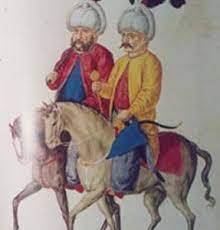
It is very probable that Ferhad-pasha placed part of his artillery on the Vijenac hill, northwest of Gvozdanski, and the rest on today's Naokovo hill west of the city, from where it was easiest to fight around the city. 
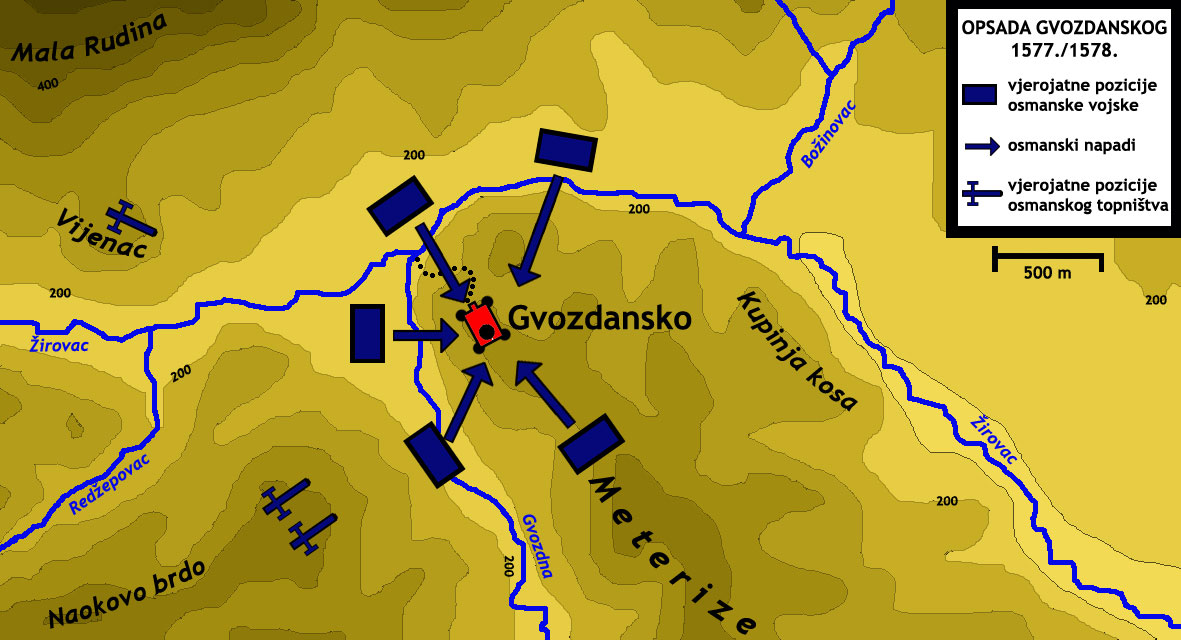
It also blocked all approaches to the city and prevented defenders from reaching the Žirovac or Gvozdina streams, which suspended the restoration of water supplies.
In the meantime, Ferhad Pasha learned from his spies that Gvozdansko’s defenders would not receive help, so in mid-October he estimated that he had enough time to send part of his army to nearby fortress of Zrin. 

Aware that they wouldn't receive help, the commander of Zrin Petar Kamenjak decided to surrender the city to the Ottomans (October 20) in exchange for free passage to the unoccupied Croatian lands.
But Ferhad Pasha took the defenders of Zrin as prisoners to Bosnia.
But Ferhad Pasha took the defenders of Zrin as prisoners to Bosnia.
In the meantime, the Ottoman bombing of Gvozdansko lasted for almost two months, but the solid city walls resisted cannon fire.
Around Christmas, Ferhad Pasha returned to the foot of Gvozdansko to continue the siege.
Around Christmas, Ferhad Pasha returned to the foot of Gvozdansko to continue the siege.
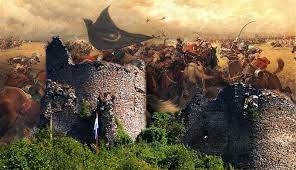
He again called on the defenders to surrender, which they again bravely refused, probably having learned of the fate of the defenders of Zrin.
For the next two weeks the Ottoman forces were at rest, only the artillery continued to fight around the city.
For the next two weeks the Ottoman forces were at rest, only the artillery continued to fight around the city.
The city lacked ammunition, water and food. Defenders had to slaughter guard dogs to make up for the lack of food at least a little.
Turks threw poisoned meat with arrows and on January 9, 1578 last two dogs died leaving the city and crew completely without food.
Ferhad-beg called the crew to surrender for the last time. As before, this offer was also rejected.
Ferhad-beg called the crew to surrender for the last time. As before, this offer was also rejected.
The first assault of the attackers on January 10 was successfully repulsed by the defenders. But the next day, new forces from Bosnia came to the Ottomans, so they rushed again to the city walls, which had already been severely damaged, but the attack was repulsed.
Moreover, the third assault of the Ottoman infantry on the 12th of January was repulsed. By the end of the day, only 30 starving and thirsty veterans remained in the fort, most of whom were severely wounded. 
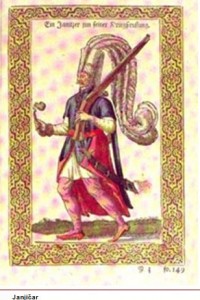
Then Ferhad-pasha changed his tactics again and decided on a night attack on the castle, which was to be carried out on the night of 12 to 13 January.
And just when the Ottomans were about to attack, all the torches on walls of Gvozdansko were extinguished.
Fearing a possible trap, Ferhad Pasha ordered the attack to be abandoned and ordered an attack for the next morning: Monday, January 13, 1578.
Fearing a possible trap, Ferhad Pasha ordered the attack to be abandoned and ordered an attack for the next morning: Monday, January 13, 1578.
The Ottomans were slowly moving along the hill towards the walls of Gvozdansko expecting that the defenders would soon fire from the walls.
But everything was quiet.
But everything was quiet.
The Ottomans reached the city gates and, breaking through them, entered the main courtyard.
They had something to see.
They had something to see.
In the courtyard, at the foot of the porches of the destroyed houses, as well as in the devastated chambers, lay the dead bodies of the defenders.
Some could be seen bleeding from the many wounds received in earlier battles, while other bodies were thin and dry and it was obvious that these people had died of hunger, thirst and mainly cold.
Some defenders were frozen on their positions.
Ferhad Pasha was so impressed by this horrific scene that he called a Catholic priest and allowed the dead Croatian veterans to be buried according to Christian customs in the cemeteries of the surrounding Croatian villages he had previously conquered.
• • •
Missing some Tweet in this thread? You can try to
force a refresh


